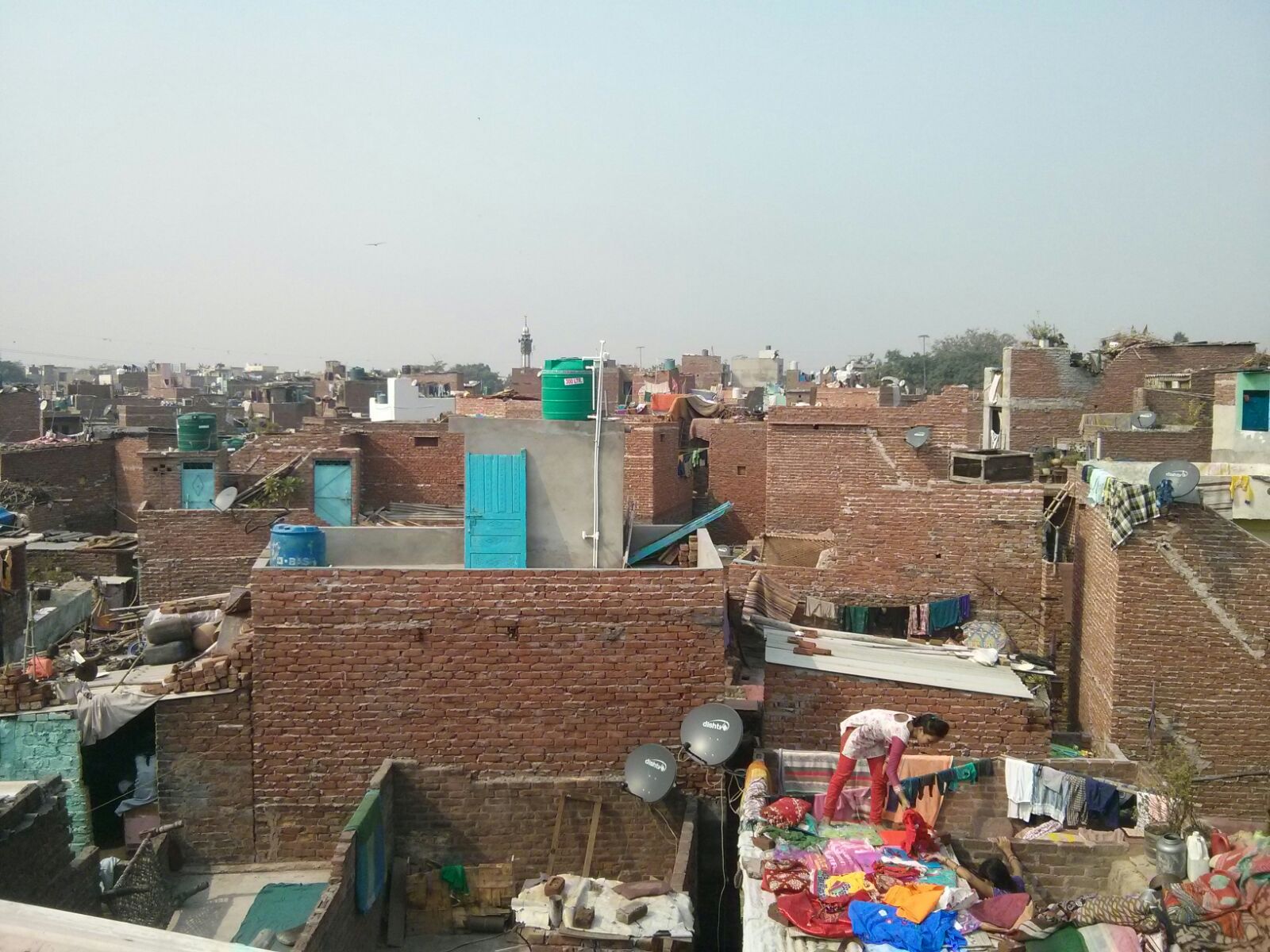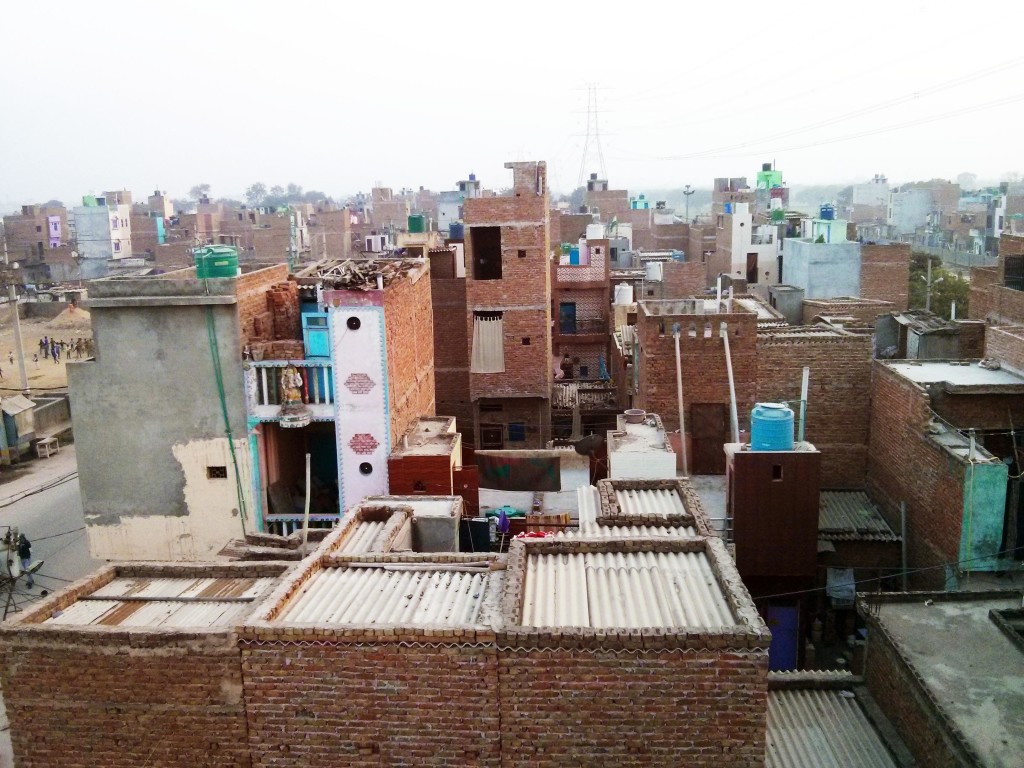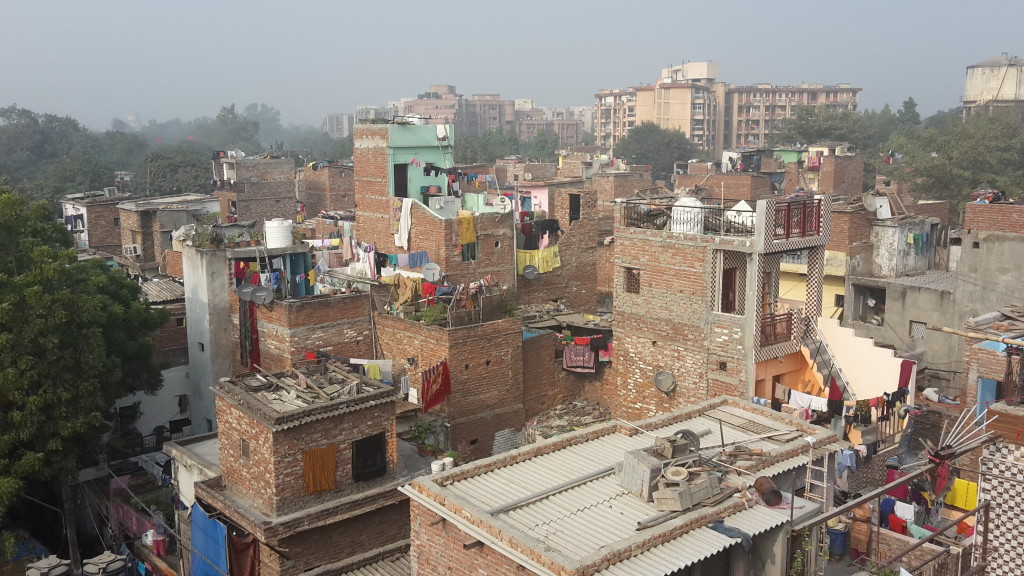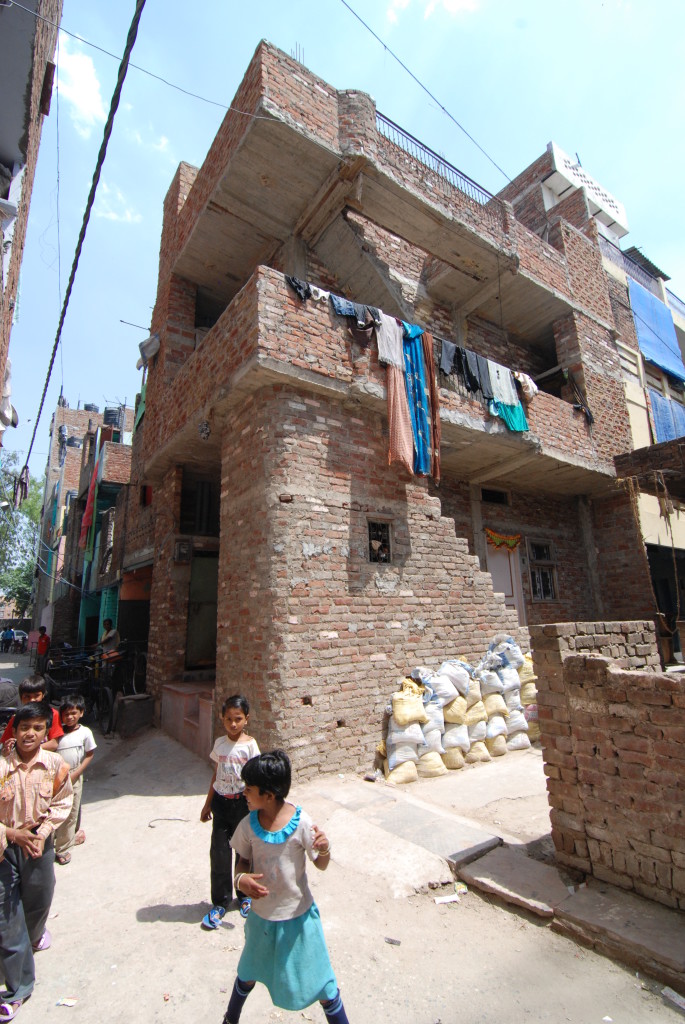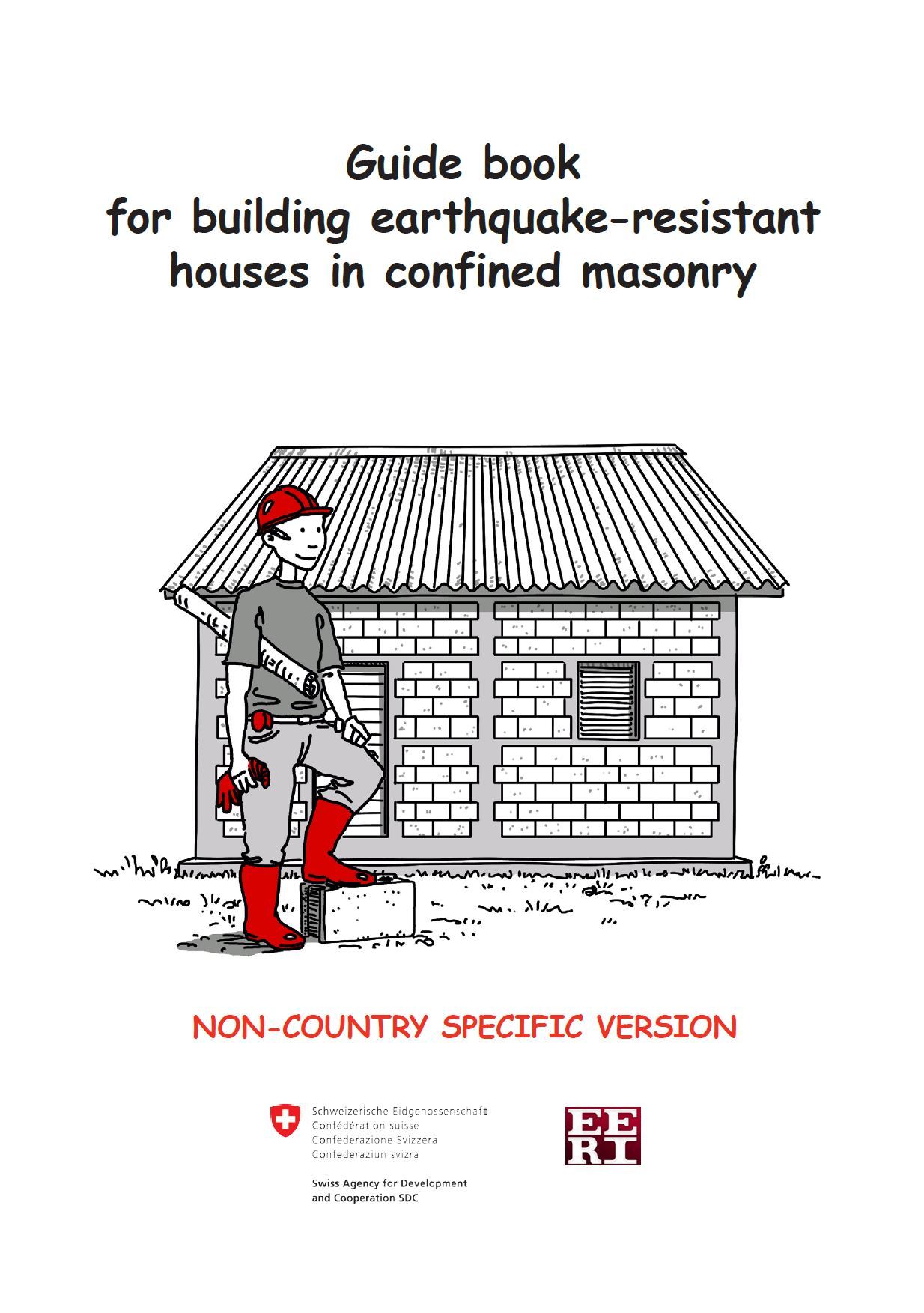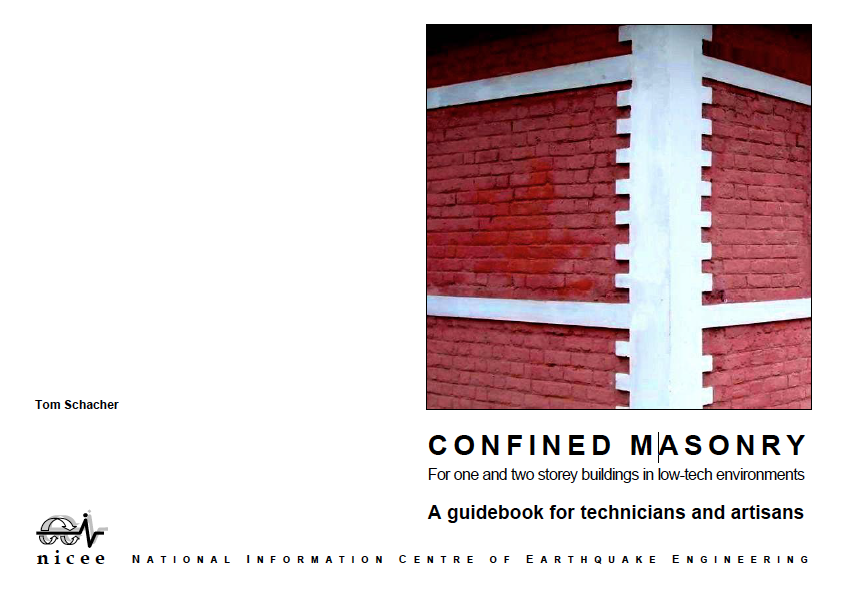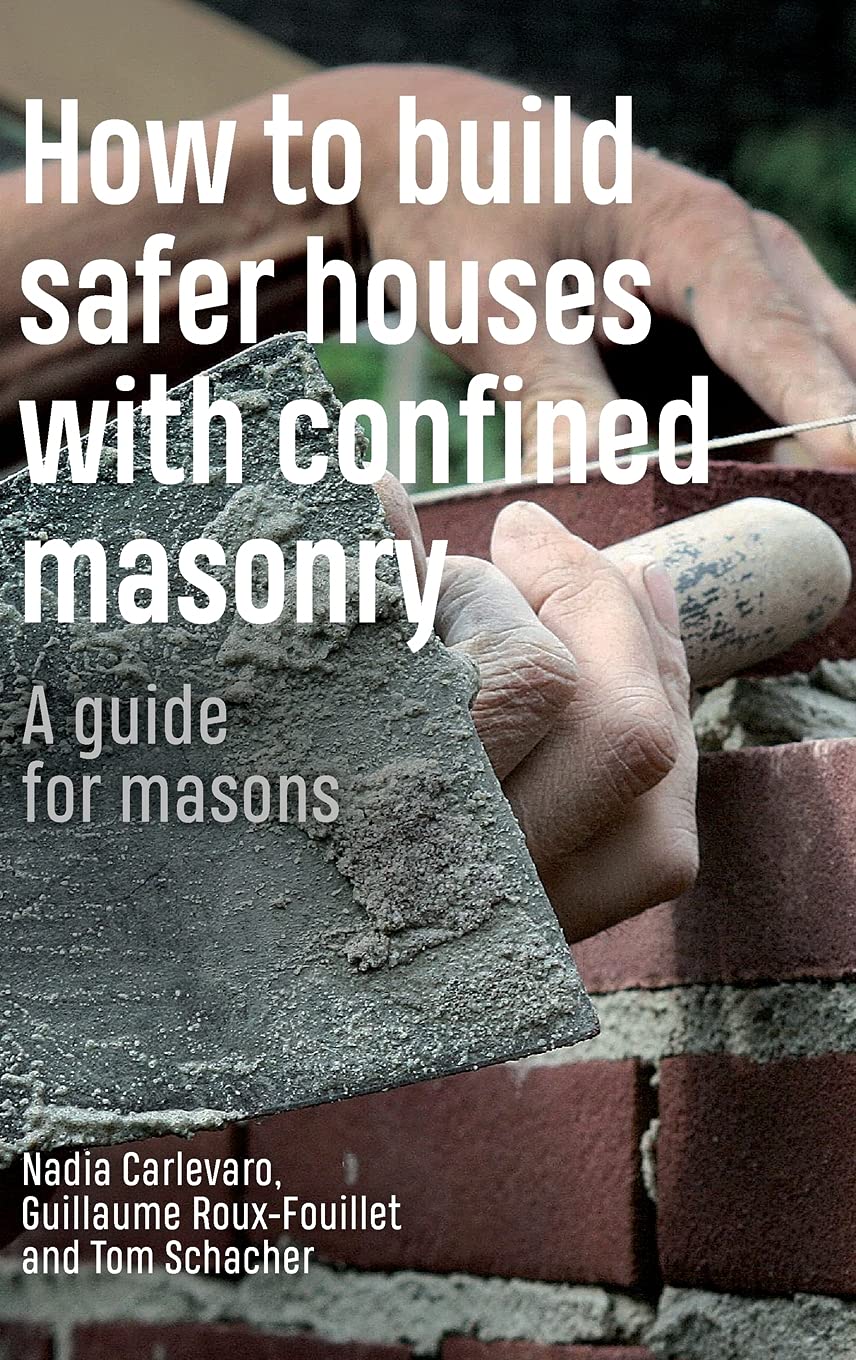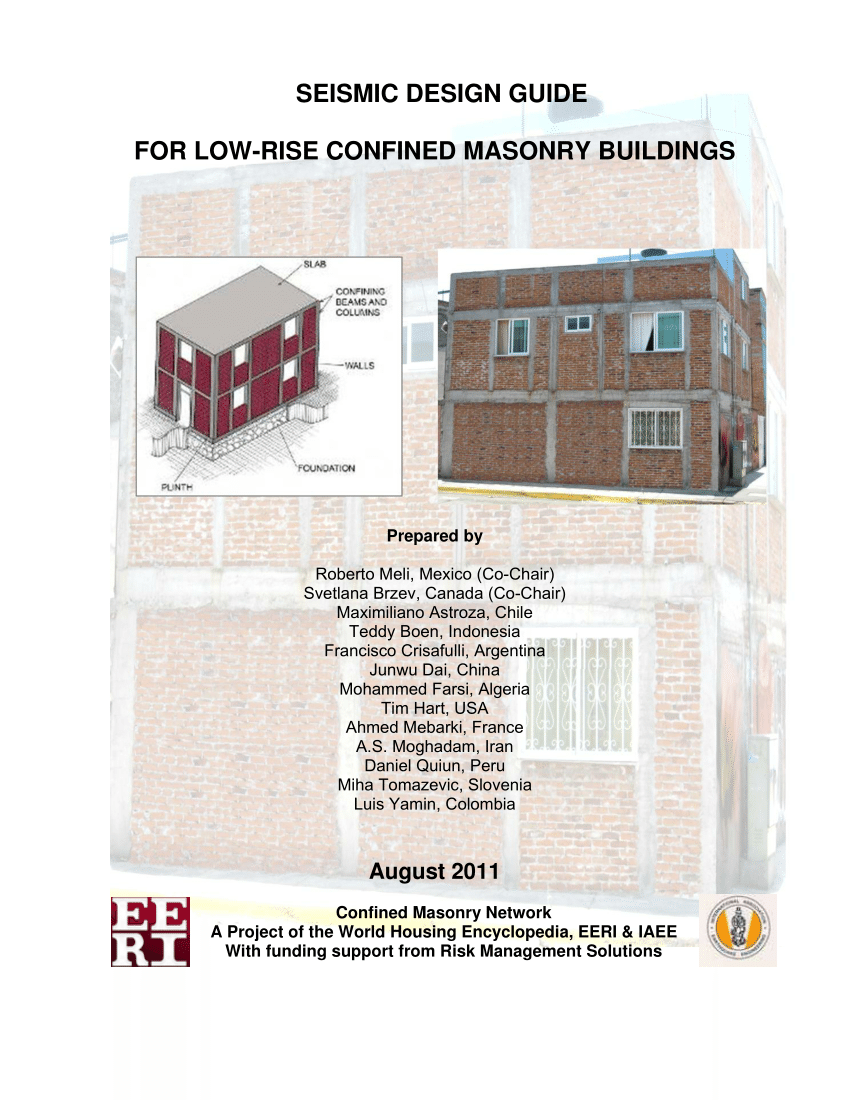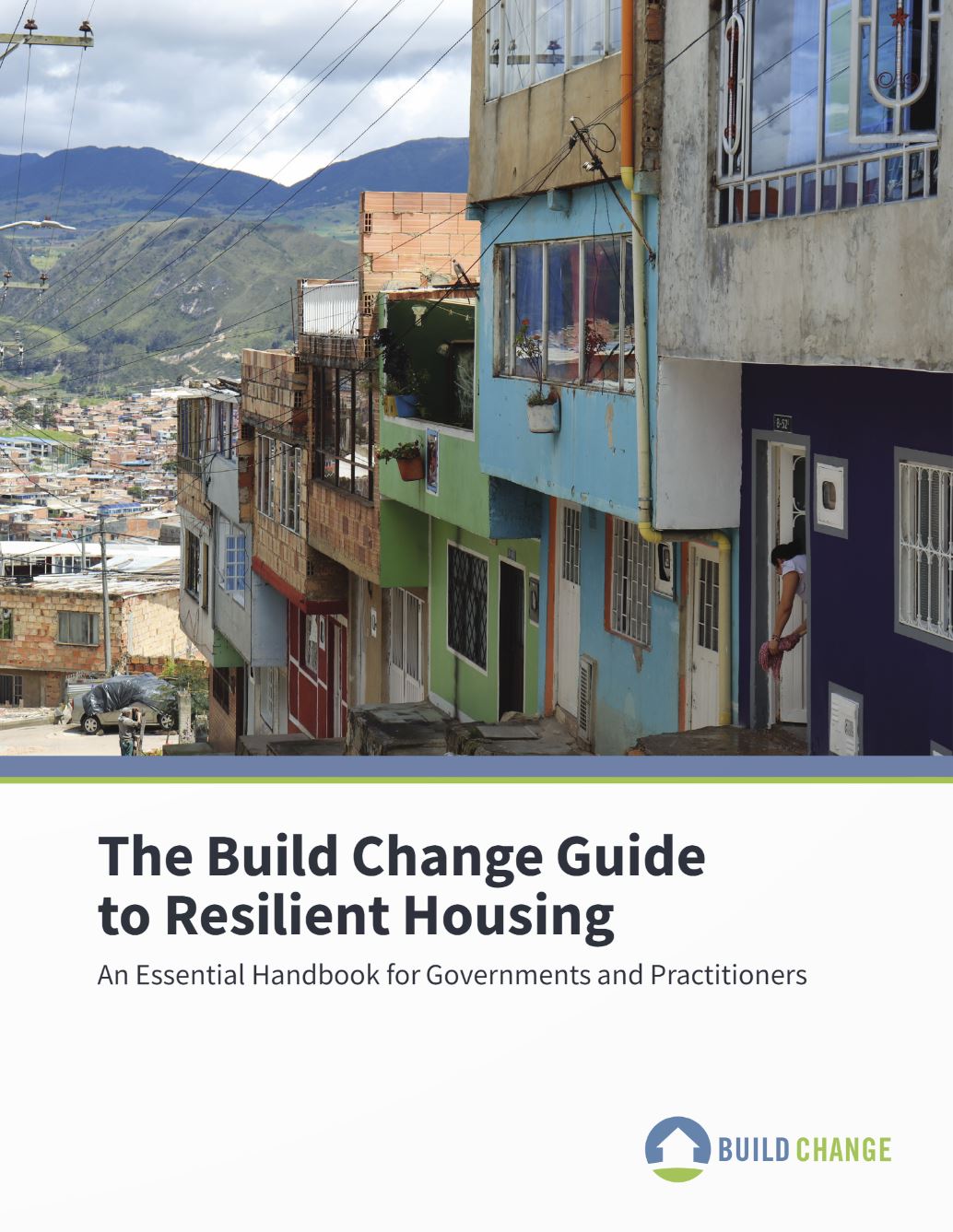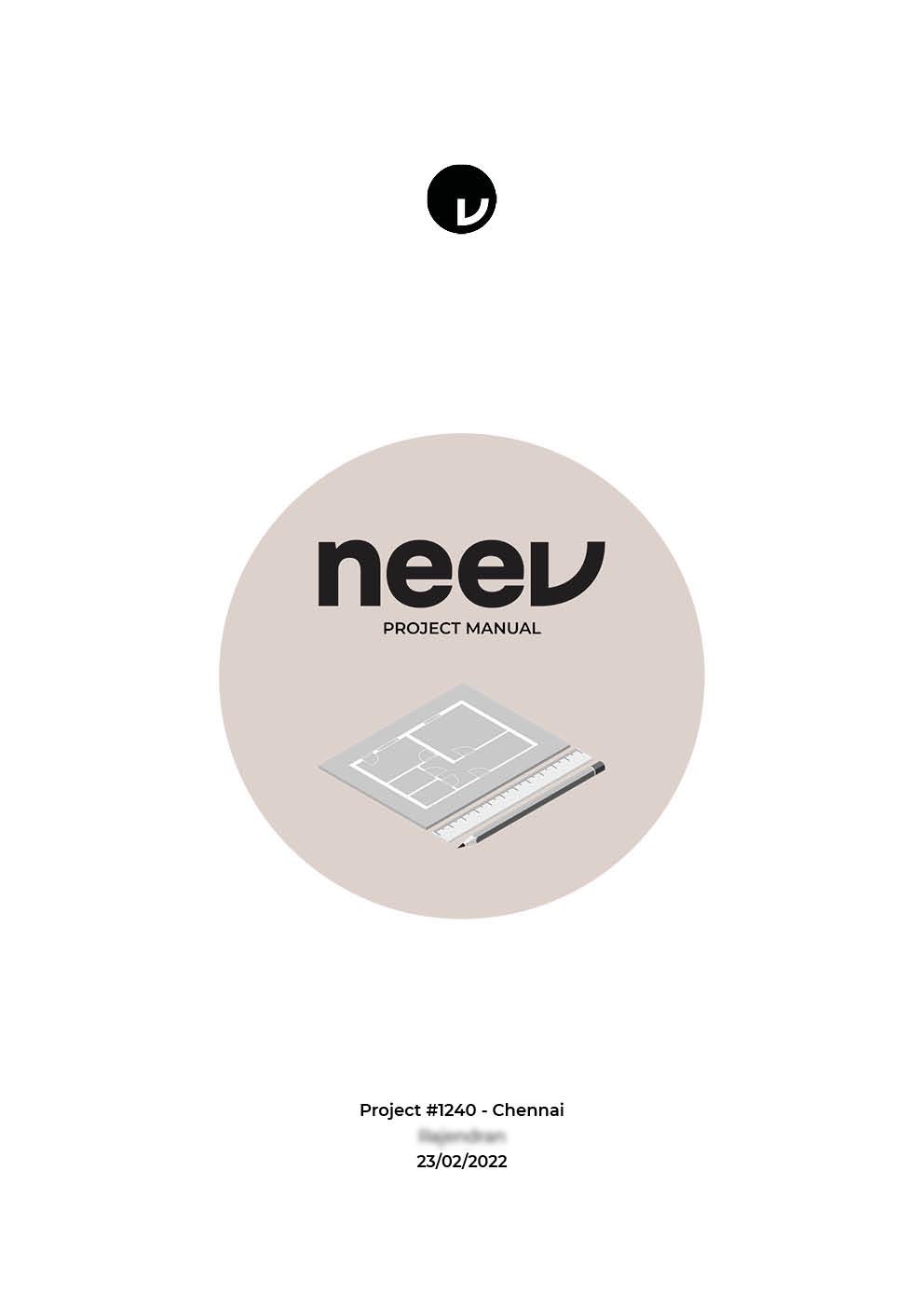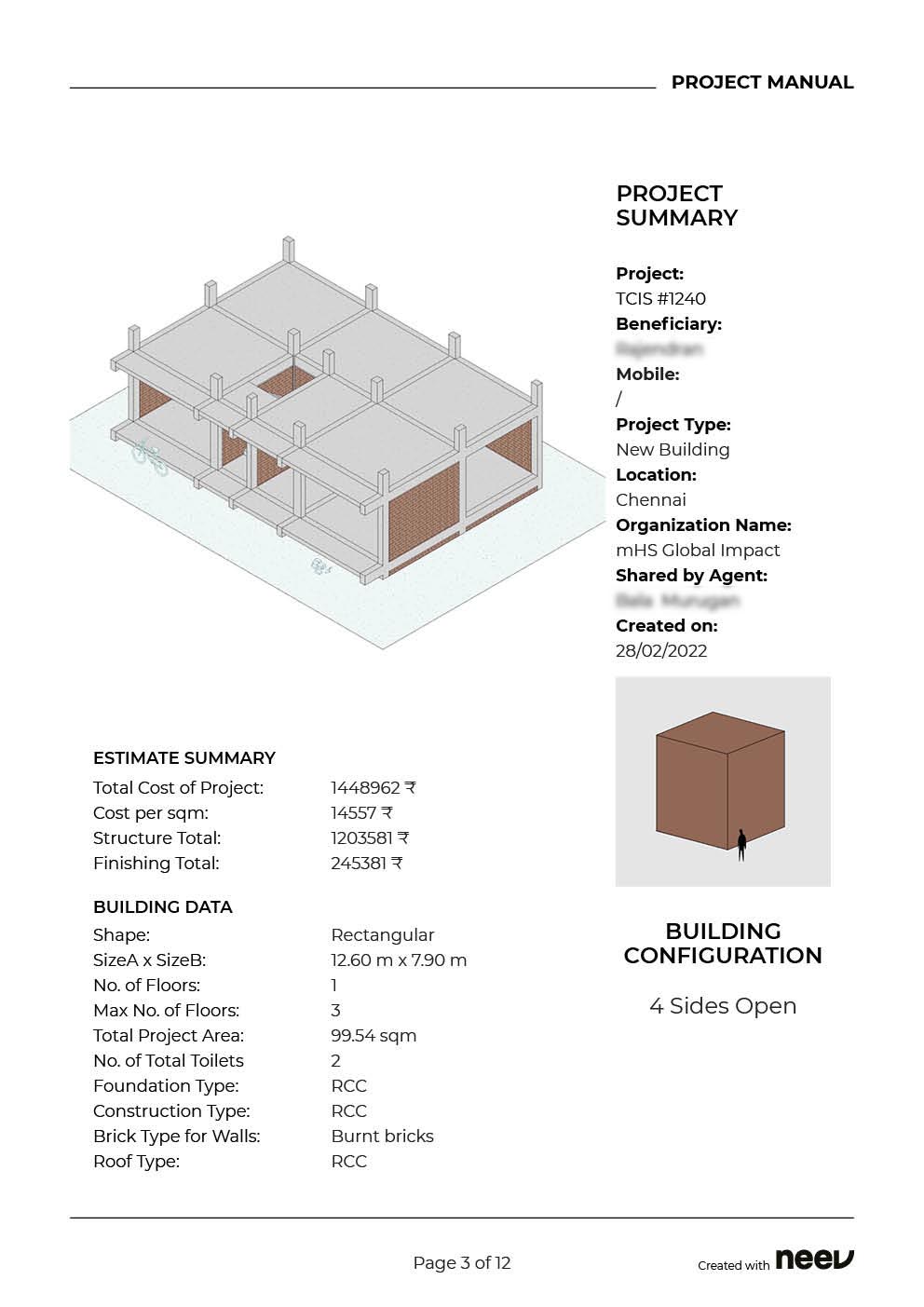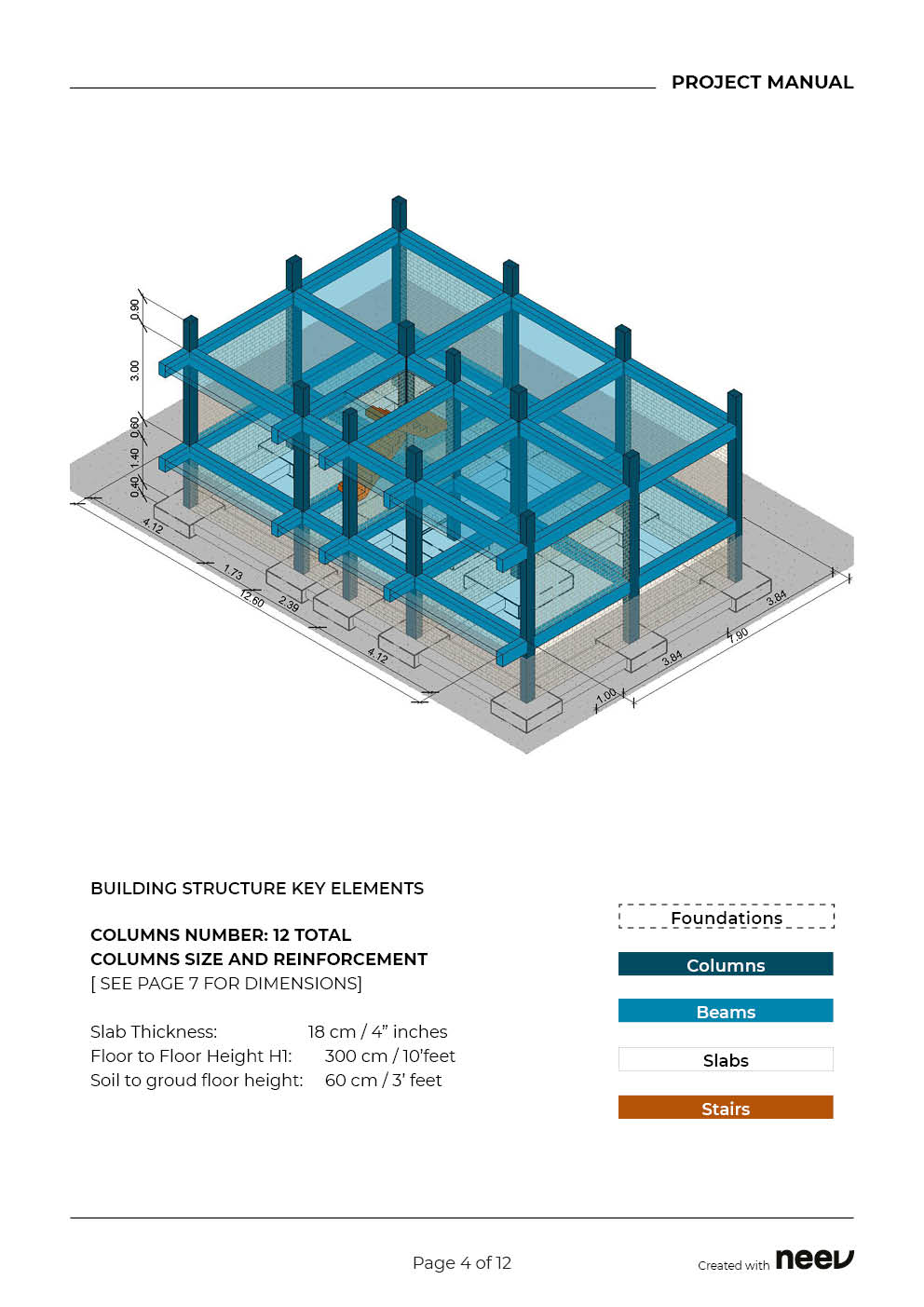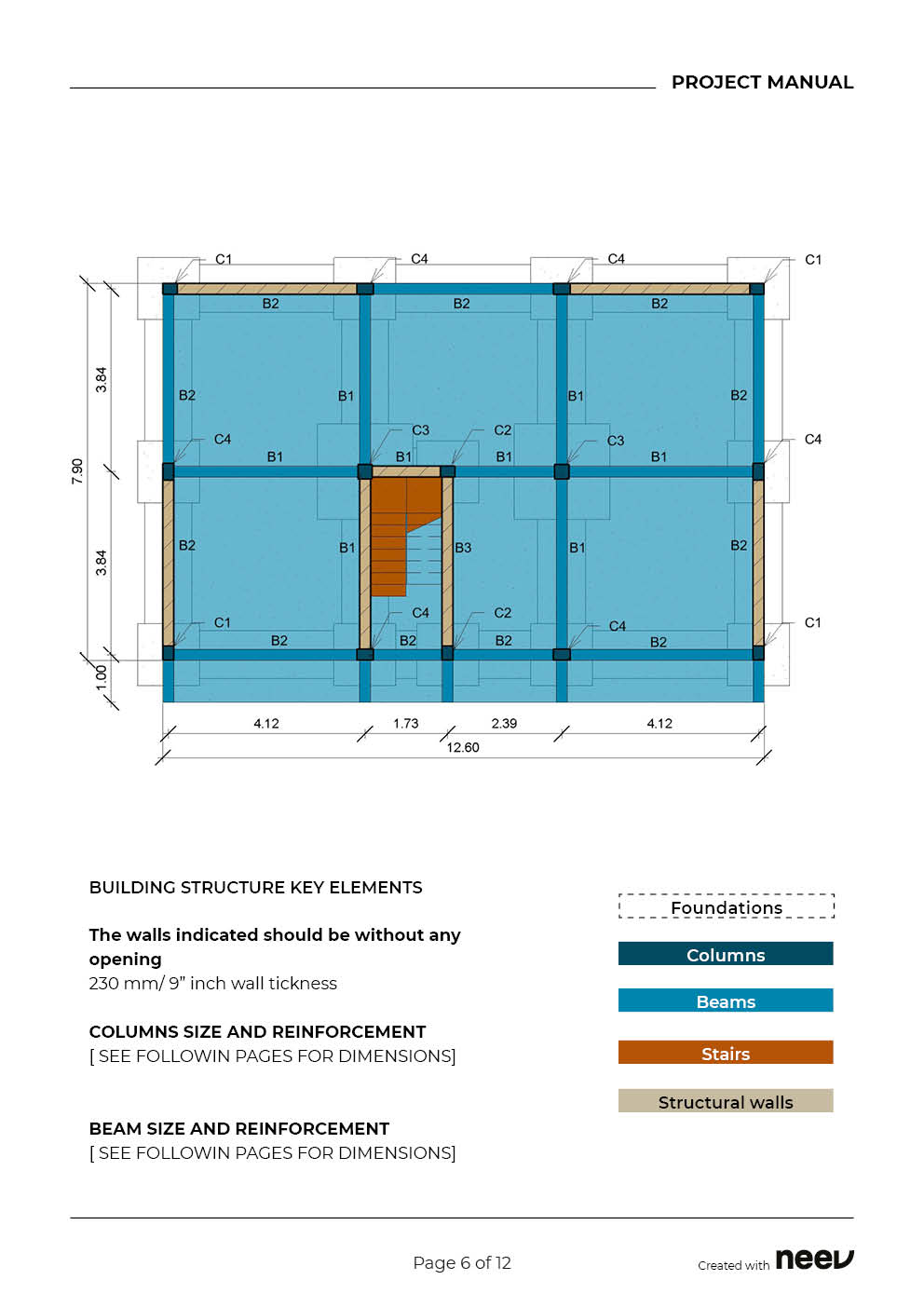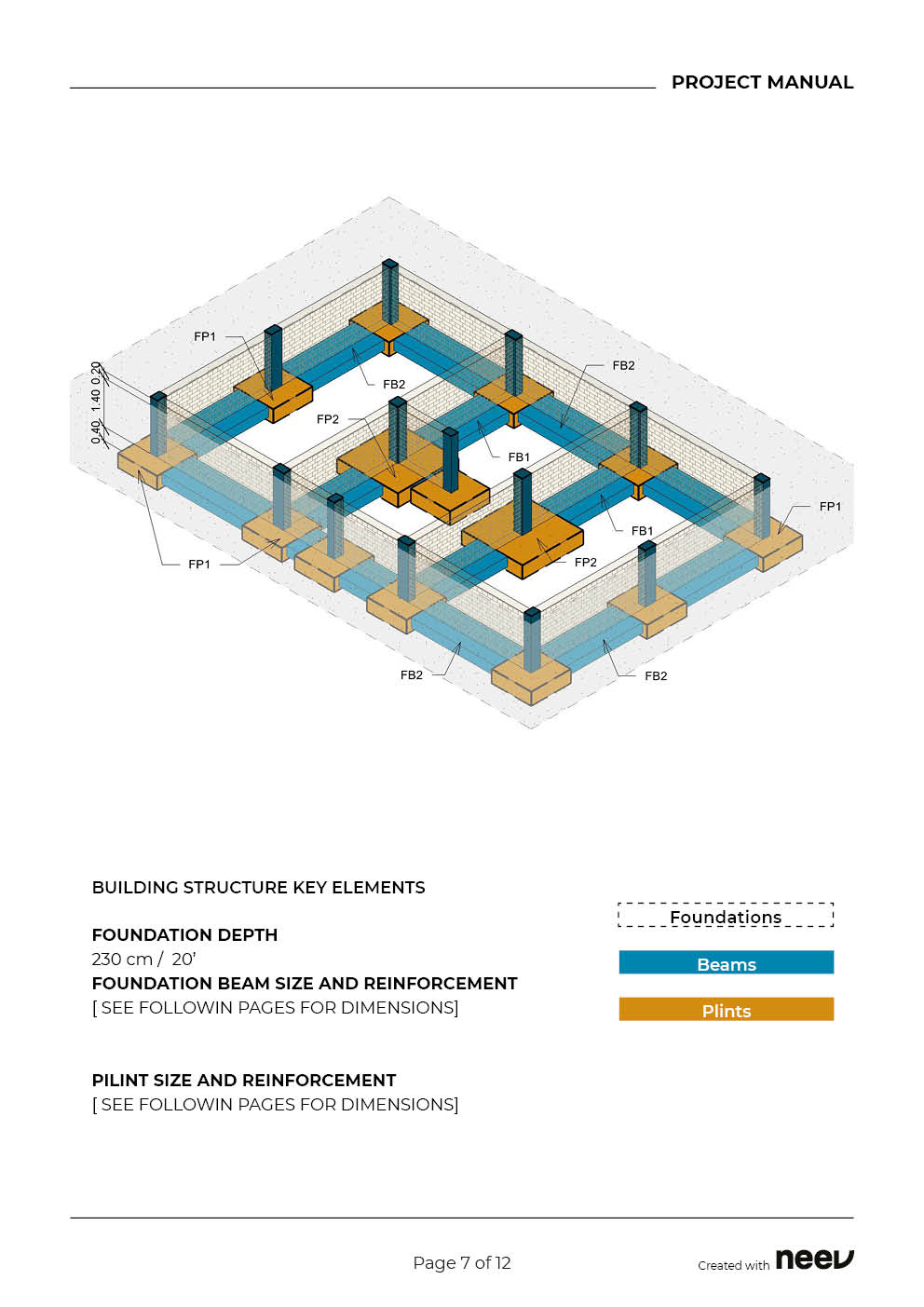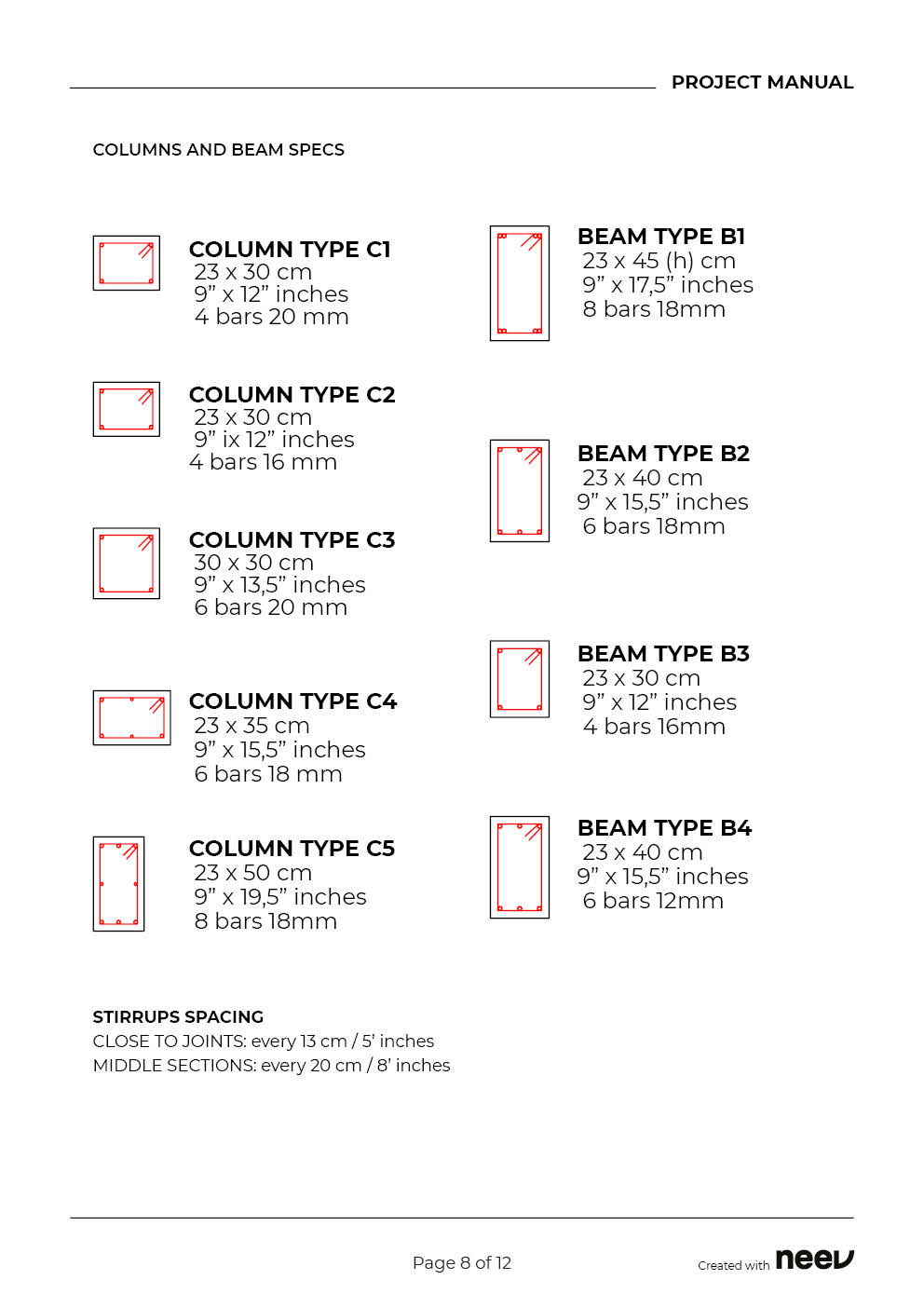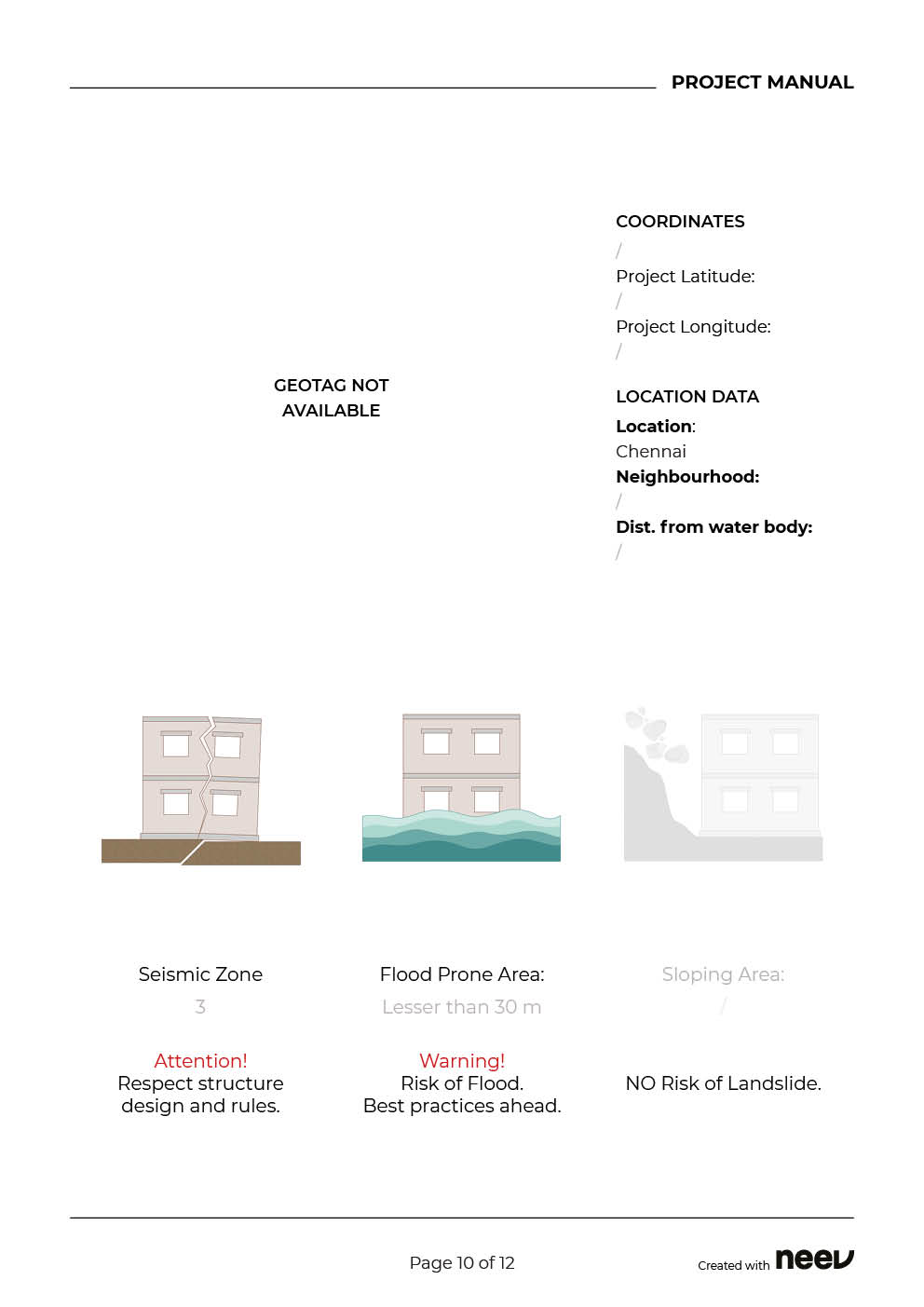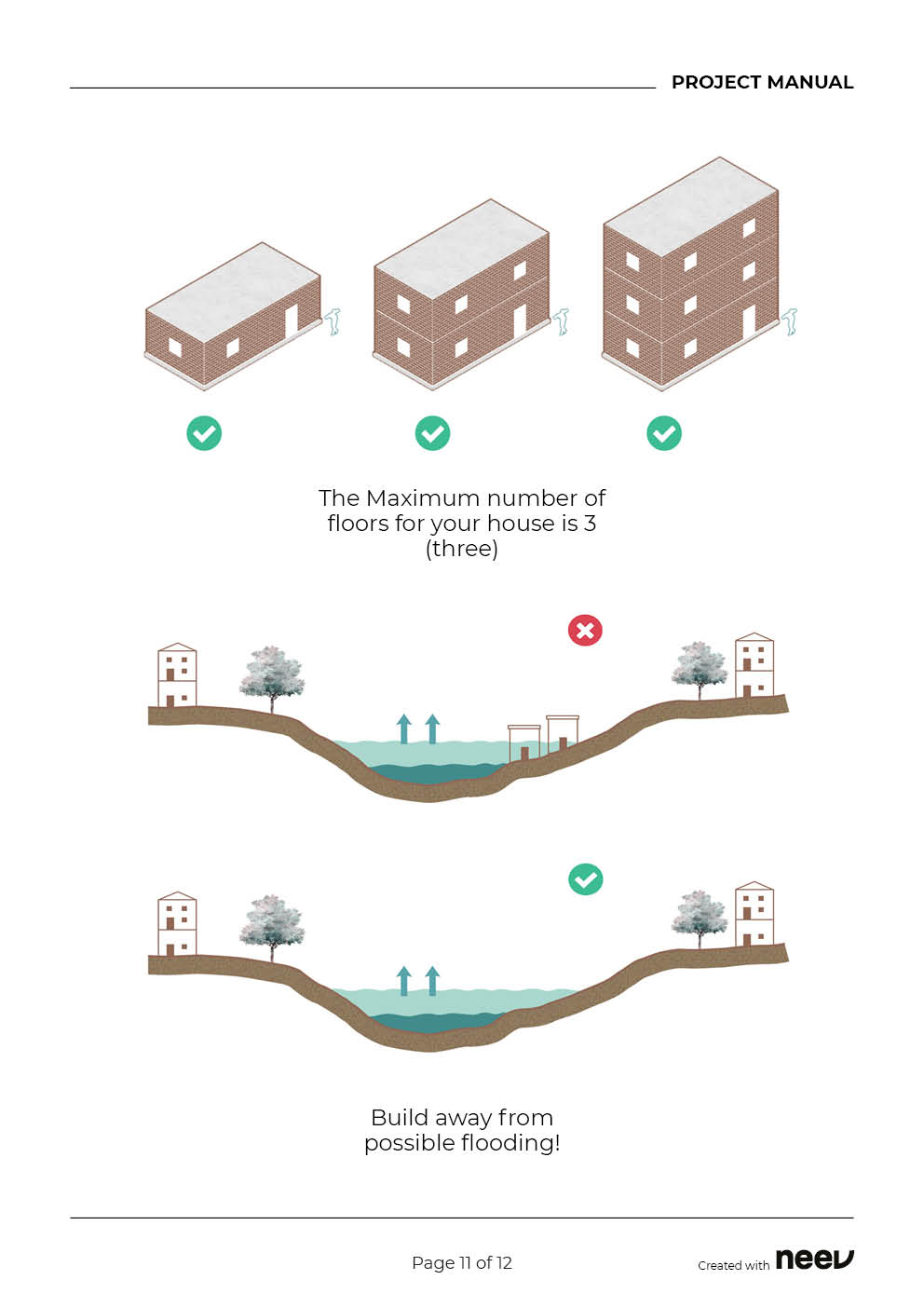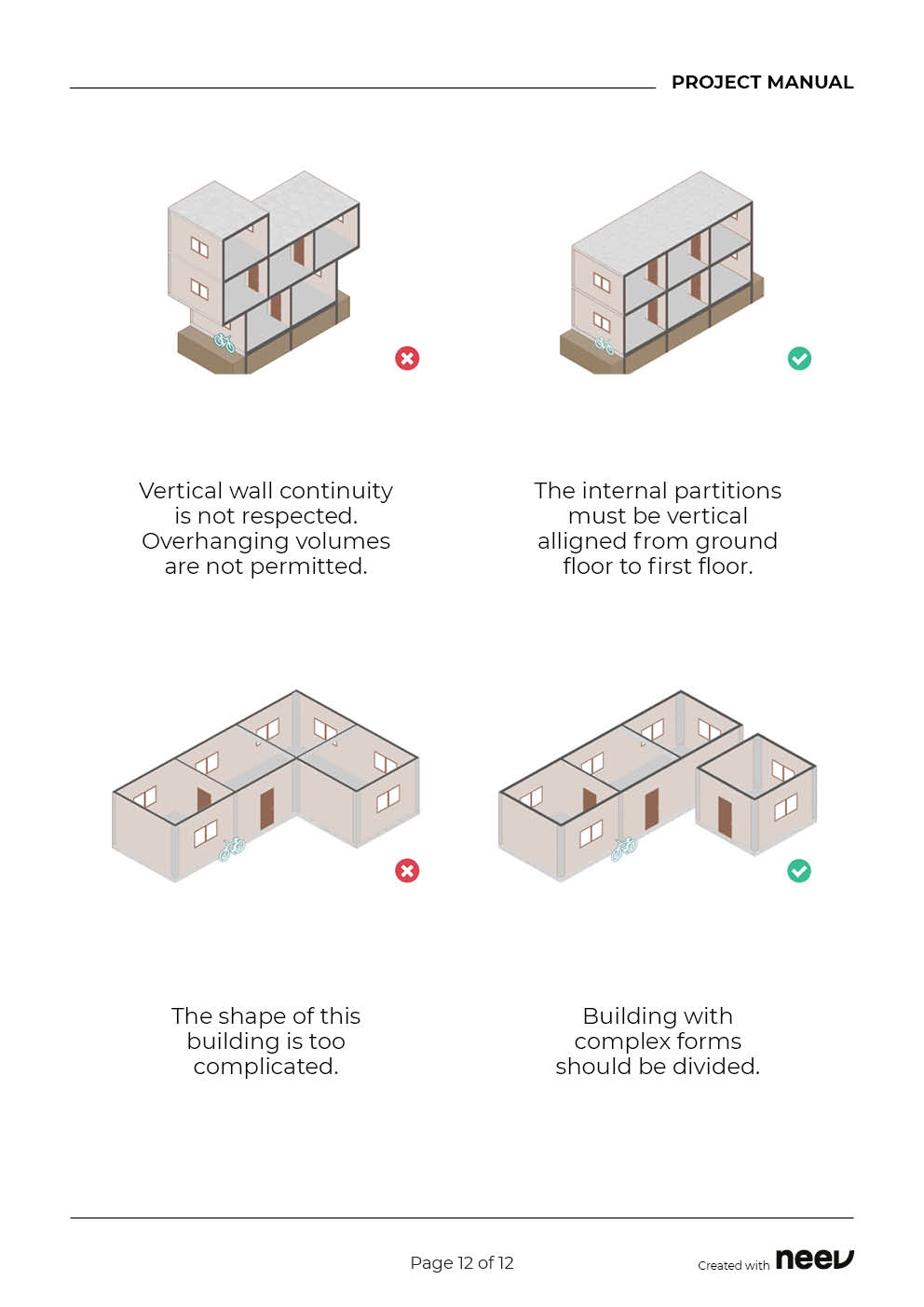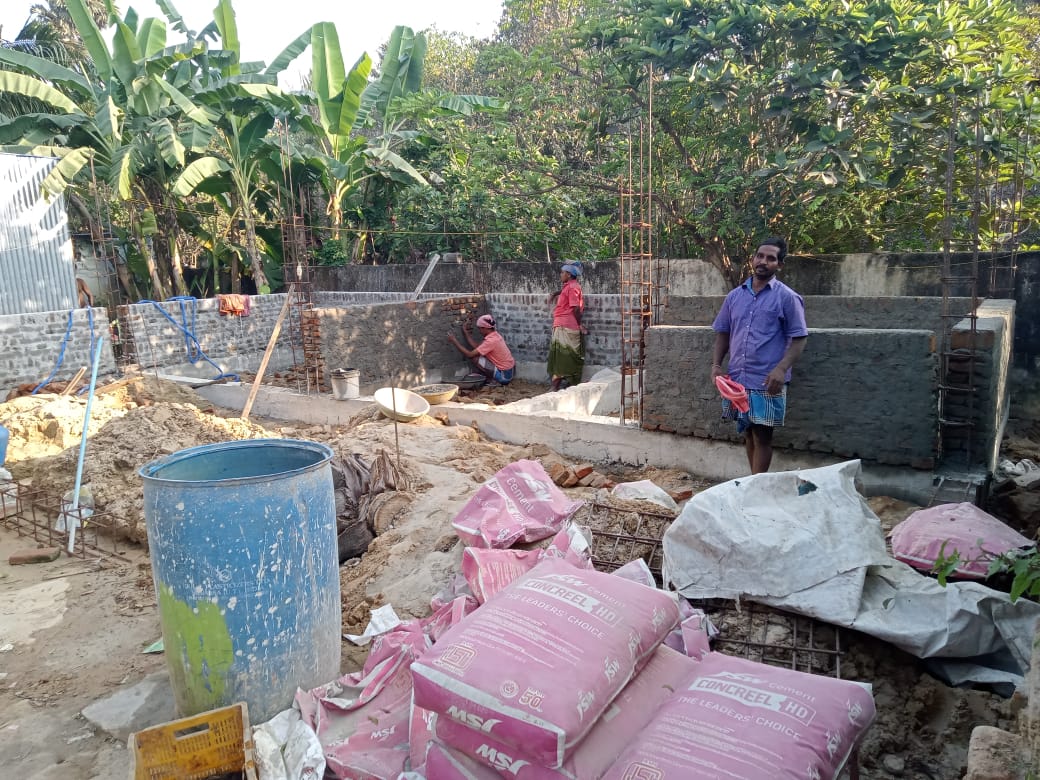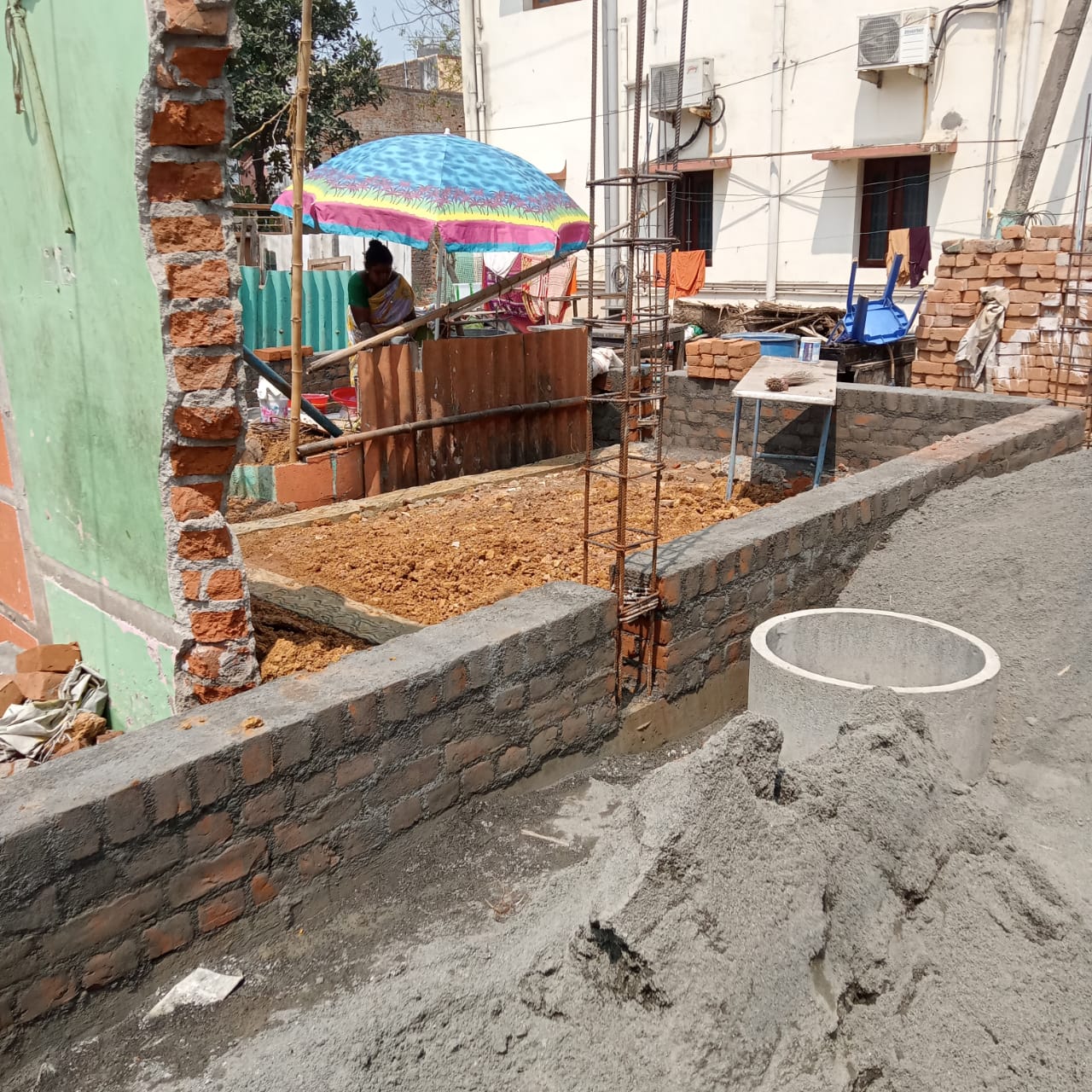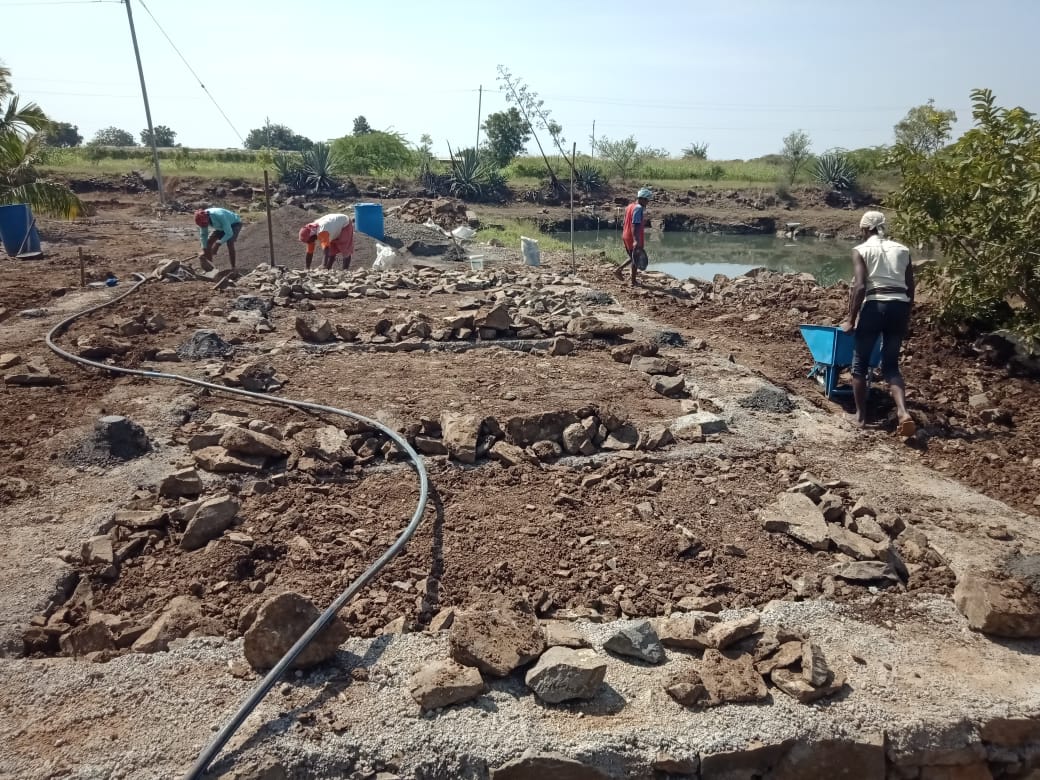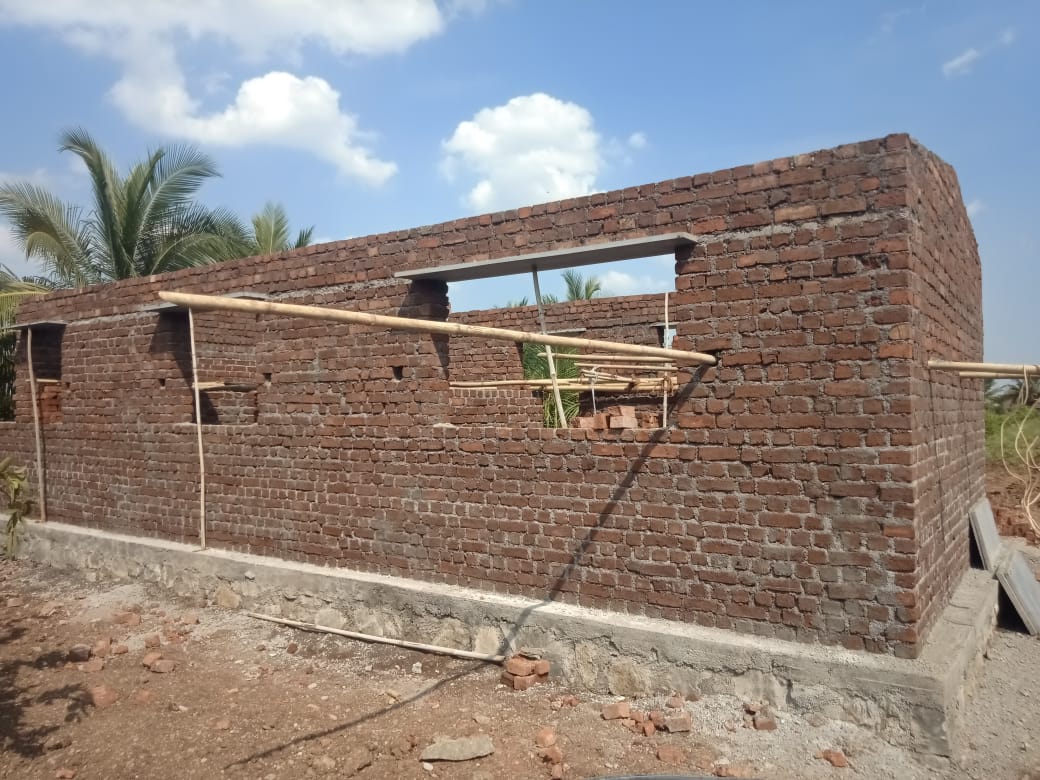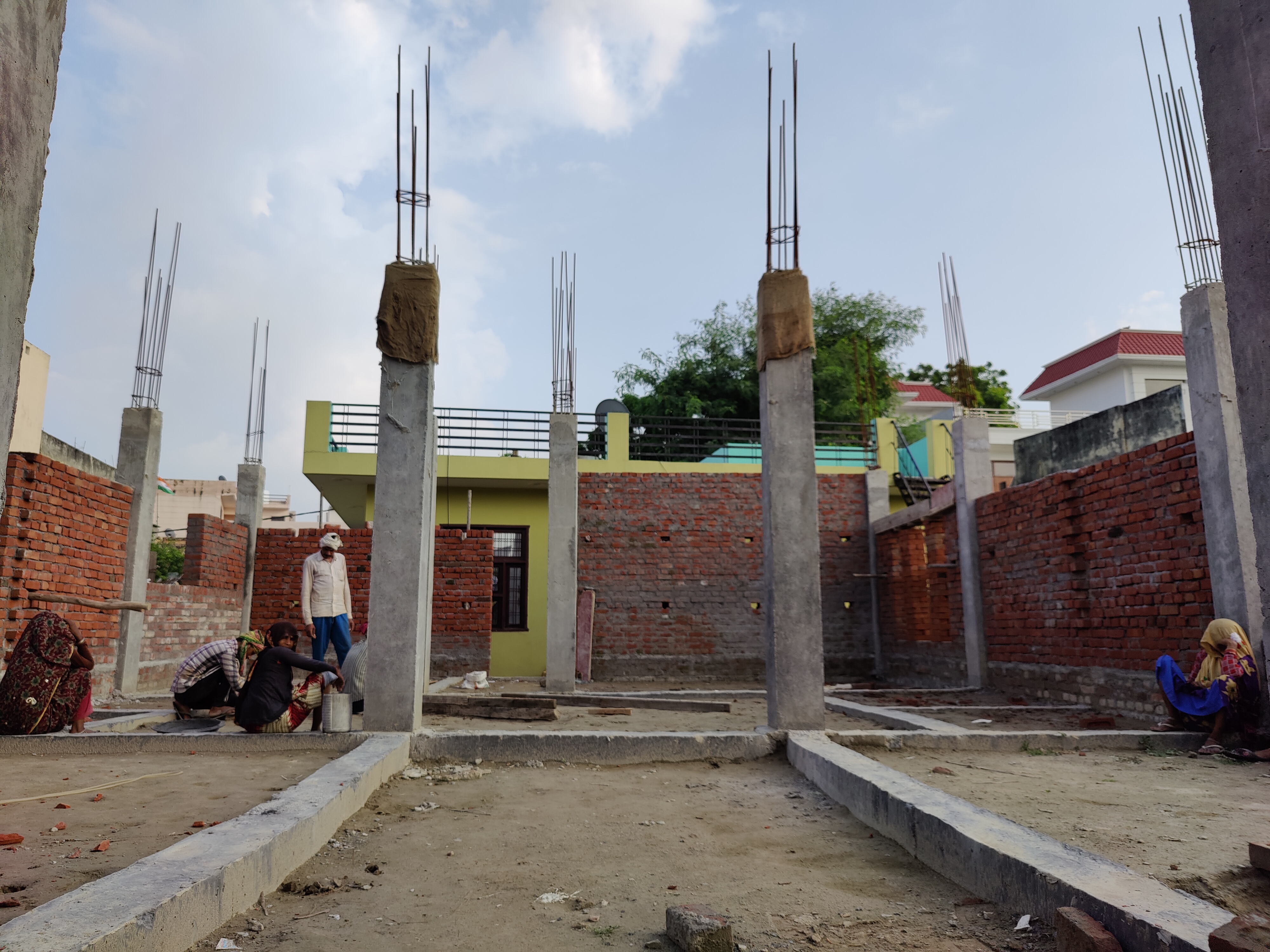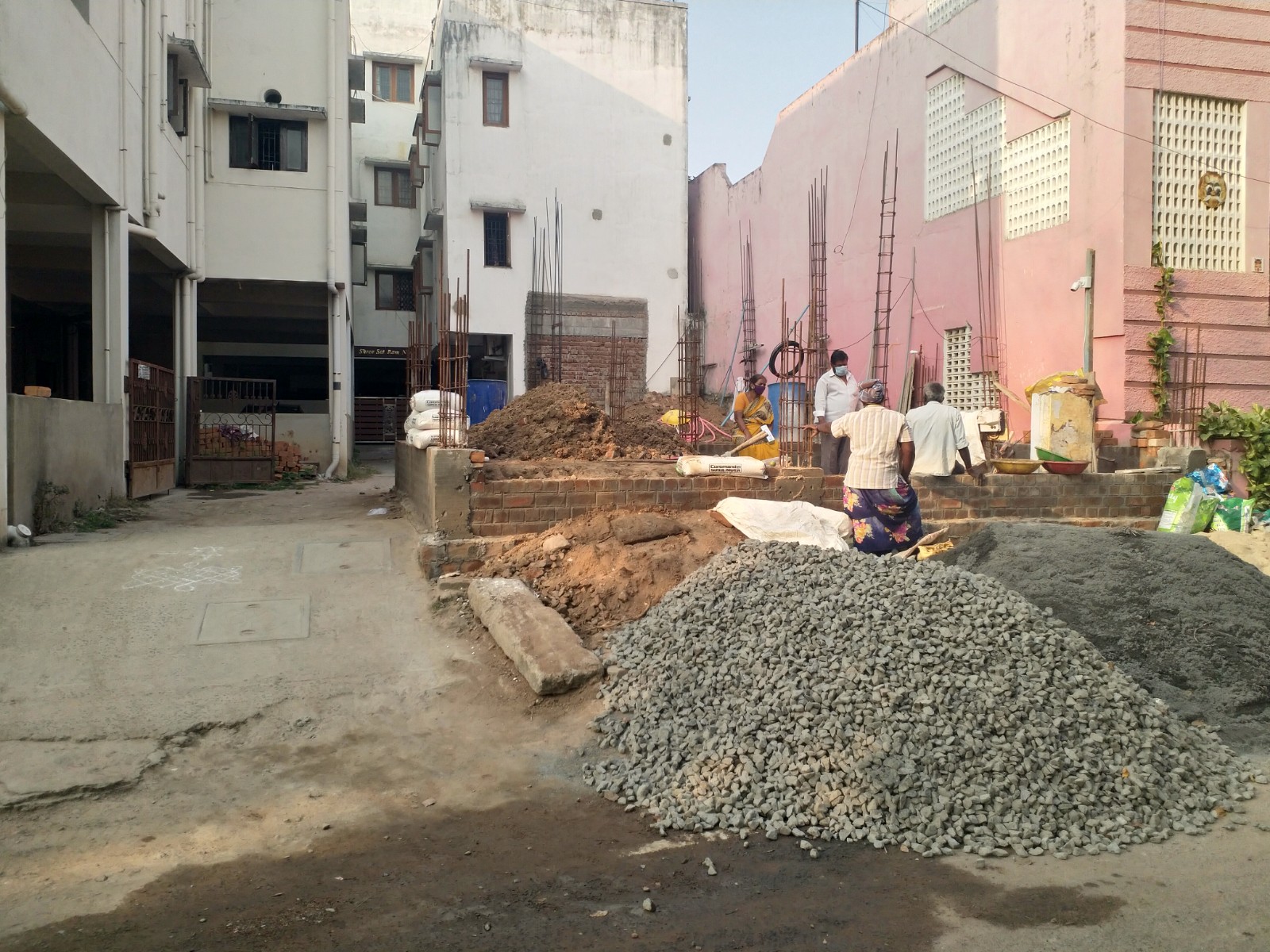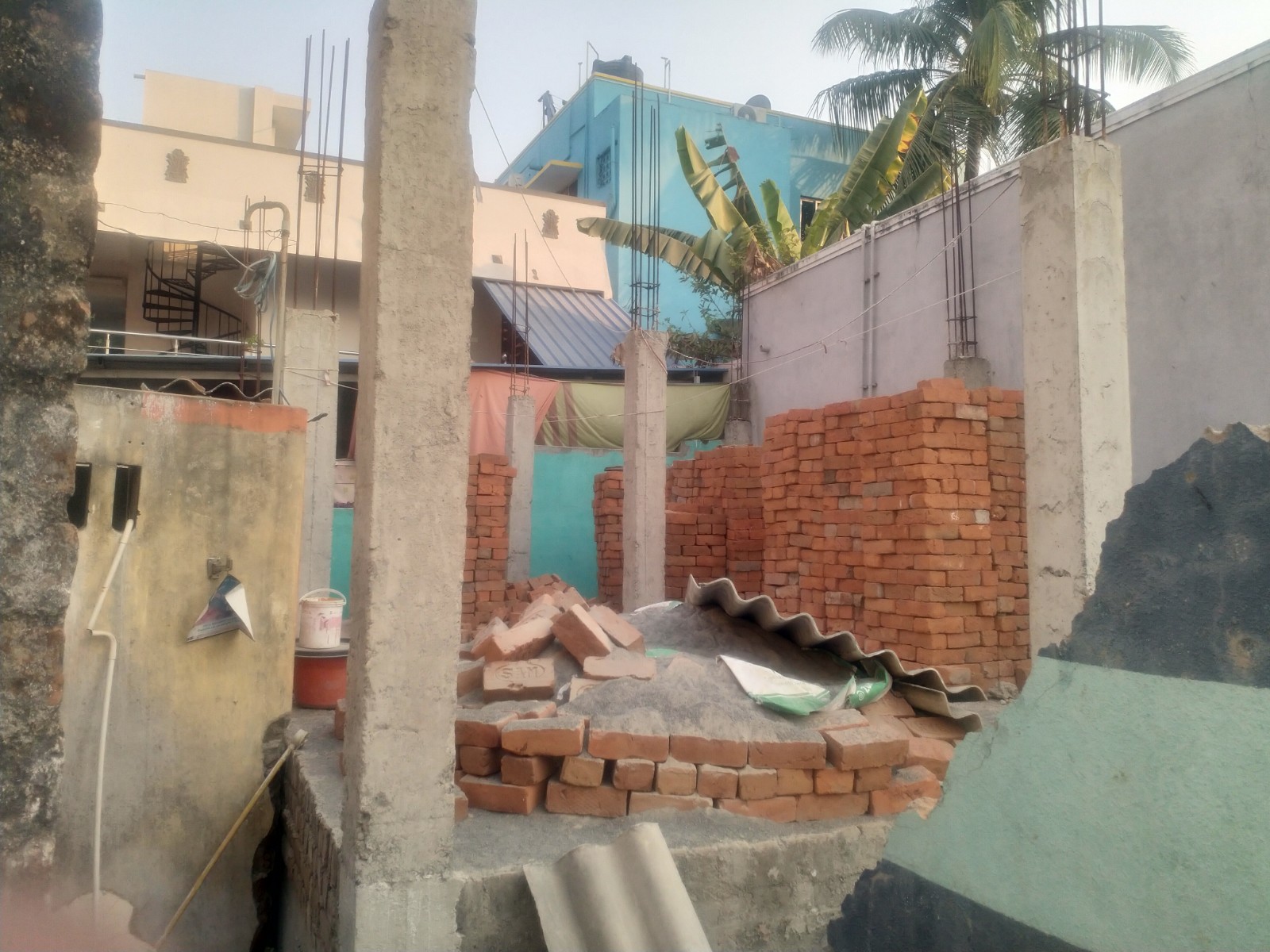Neev enables non-technical people to generate housing projects with customized self-construction manuals and structural drawings.
At mHS Global Impact I designed and developed this feature.
My role:
Design and implementation
Computational design development
Coordinated a team of engineers, architects, and developers
Team:
Marco Ferrario
Giulia Jole Sechi
Lakshmi Reddy
Madhura Joshi
Arianna Bazzaro
Akash James
Funding:
Cisco Foundation
Habitat for Humanity
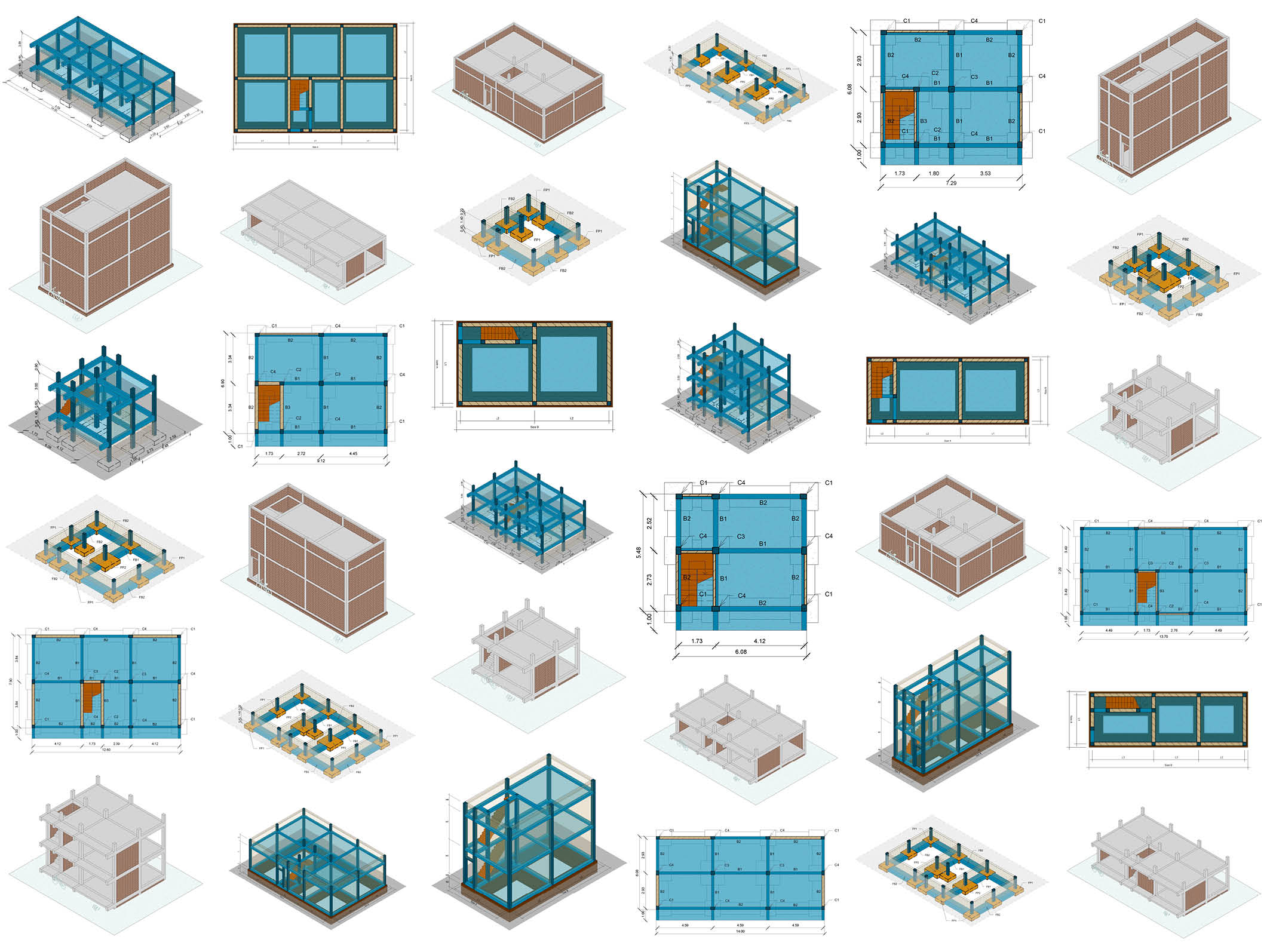
Summary
Neev is a digital platform that aims to enhance the construction quality and resilience of incrementally-built informal settlements in developing countries.
I designed and developed an automation module that enables non-technical people to generate earthquake-resistant housing projects with customized structural drawings.
A structural model of an RCC building generated using the automation module.
Background
Over 1 billion people, almost 25% of all urban population, live in informal settlements. In the next 15 years, three billion people will live in substandard homes.
Lack of affordable housing, weak governance, displacement caused by rural-urban migration, conflicts, natural disasters and climate change are all factors that are driving these numbers up, making informal settlements one of the dominant characteristics of present and future cities.
Behind the edification of such settlements is the process of incremental construction, a gradual step-by-step process whereby building components are appended or improved by owner-builders as funding, time, or materials become available.
These factors make the majority of these self-built homes not resilient and highly vulnerable to natural disasters like floods, earthquakes and epidemics, leaving millions of dwellers at risk of life and economic loss.
All the programs implemented by governments and NGOs to provide construction technical assistance to vulnerable groups have so far shown big limits in their capacity to reach scale, as professional architectural and engineering expertise is limited, expensive and resource intensive.
Informal neighborhoods in Delhi, India.
Following the rapid urban population growth, the edification in informal settlements is forced to go vertical.
NEEV
The challenges listed above have led mHS Global Impact to develop Neev, a platform that leverages digital technology to provide construction technical assistance at scale and tackle the missing piece in the incremental housing sector: construction quality.
The idea is to meet the needs of all the stakeholders involved in the incremental housing sector like homeowners, construction workers, financial institutions and agents from governmental programs and NGOs, while at the same time empowering the whole ecosystem to build better from the grassroots.
Neev allows people with no technical background to create and share housing construction cost estimates, and bill of quantities easily and quickly, through a highly customizable process. It also integrates CRM and monitoring features that allow institutions and agencies to monitor the construction process and disburse loans.
The problem
The numerous interaction with all the stakeholders of Neev, following the Human Centered Design approach, made it clear that the missing piece to make a real impact on the construction quality was a self-construction manual that could be tailored to specific buildings based on the user's inputs, at scale.
Self-construction manuals are not something new in this sector.
Disaster risk reduction (DRR) programs have produced lots of handbooks to spread the adoption of resilient building practices.
However, the impact of such materials has been marginal. The reasons are that they can be comprehended only by literate English-speaker people, they are long and complex and they completely lack customization for their static nature.
The construction sector is one of the most resistant to digital innovation, especially in economically disadvantaged and informal contexts.
Automating architectural and structural design for mass adoption from the ground up was a design challenge that had no successful precedent.
Some static building manuals produced in the context of DRR programs.
Team and role
I was requested by mHS to design and develop an automation module inside the Neev platform to generate architectural drawings for the customized manual.
I coordinated a team of one engineer and one developer working in-house at mHS to ideate and implement a solution.
I also got involved in the design of the construction manual with a team of two architects.
I'm involved multi-level in mHS Global Impact and the Neev project. See also Neev user experience.
The solution
The basic idea behind the automation module is that a housing typology is just an algorithm, a finite sequence of actions you have to perform to build a house. This means that, given the right inputs, a housing project can be automatically created by a sufficiently sophisticated software.
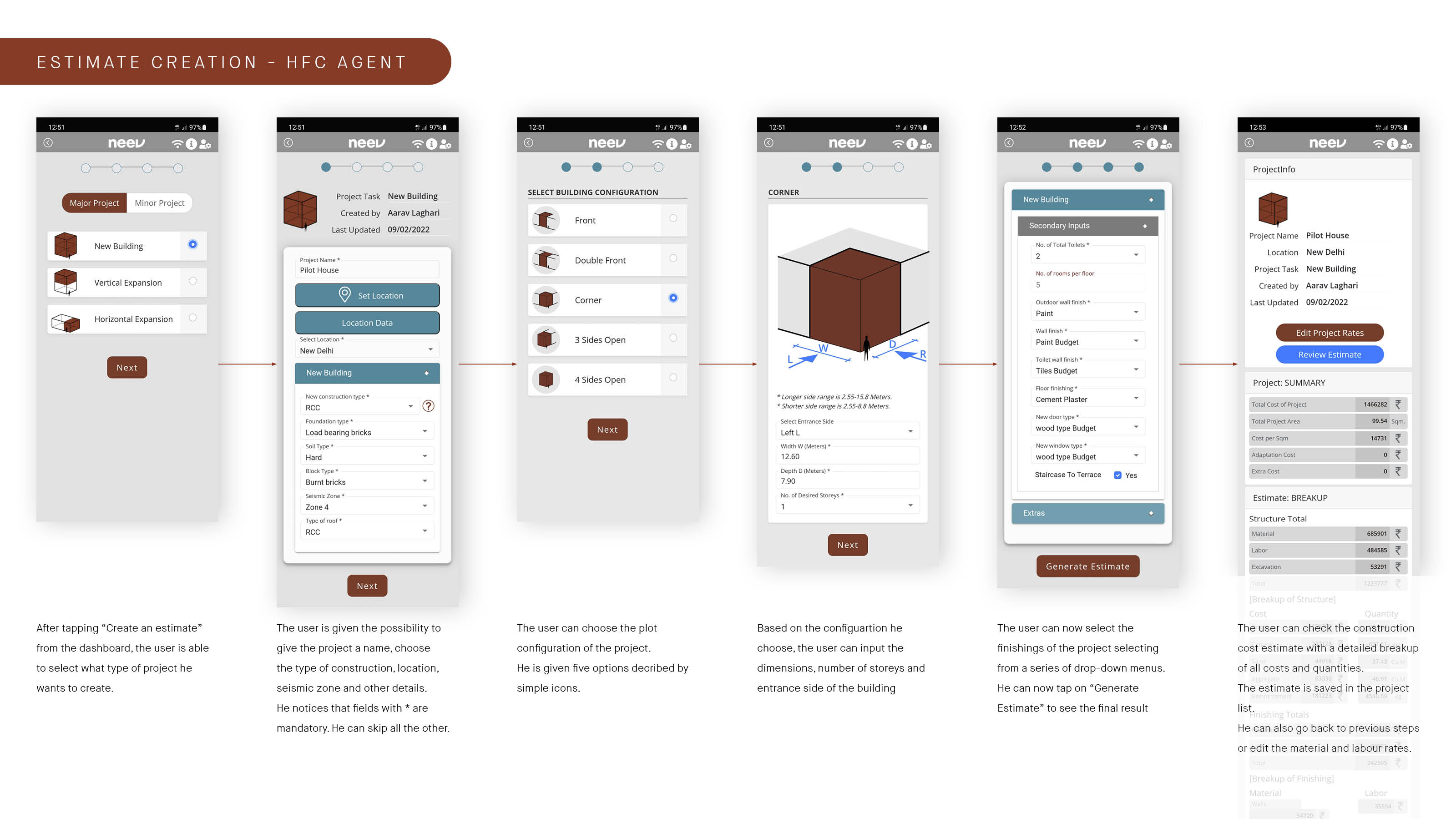
User flow for creating a new project in Neev app.
The solution to this problem started from a few considerations:
-
Model houses and standardized projects do not work. They would end up being refused by people and by not integrating with the urban environment.
-
Mass customization is not achievable through central control. The only way to obtain mass customization is through self-organization of the ecosystem. This is an important lesson from the digital platform ecosystem.
-
Earthquake resistance in constructions doesn't allow for solutions that scale linearly. All construction components, details, and materials have to be tailored to a specific project and carefully executed to make the construction safe.
The key challenge that arose from the above considerations was to design a solution that could scale while at the same time allowing both structural resilience and wide customization.
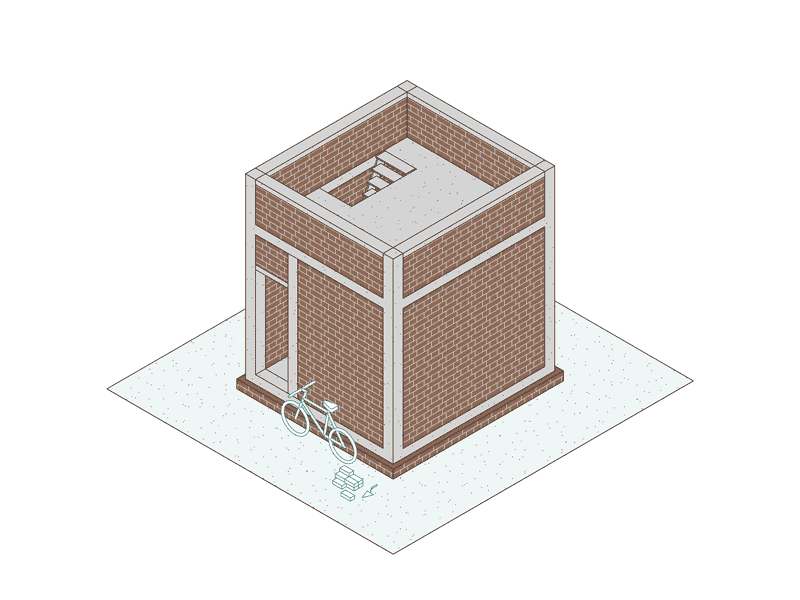
An overview of how the automation module works with confined masonry constructions.
We decided that the platform should enable, over time, to choose between different construction technologies and housing typologies based on the specific characteristics of the local built environment. Protecting the local specificity and meeting the expectations and way of living of users were among our priorities.
We decided to concentrate our efforts only on the naked load-bearing structure to provide clear guidance to the edification of safer and more resilient buildings.
The construction manual would not provide strict guidance on internal layout, facade design, and finishings, leaving these aspects to the sensibility and self-organization of people.
Development process of the automation algorithm
Strict collaboration with our engineer was critical to finding the best approach to deal with the intrinsic non-linearity of earthquake response.
We chose Reinforced Concrete and Confined Masonry as the two starting construction technologies to include in the MVP, as they are the most largely used across Indian informal settlements.
Thinking of housing typologies as algorithms was the basis of my computational design approach.
I developed the prototypes and the MVP of the module by automating a Building Information Modelling software through API and a visual programming tool.
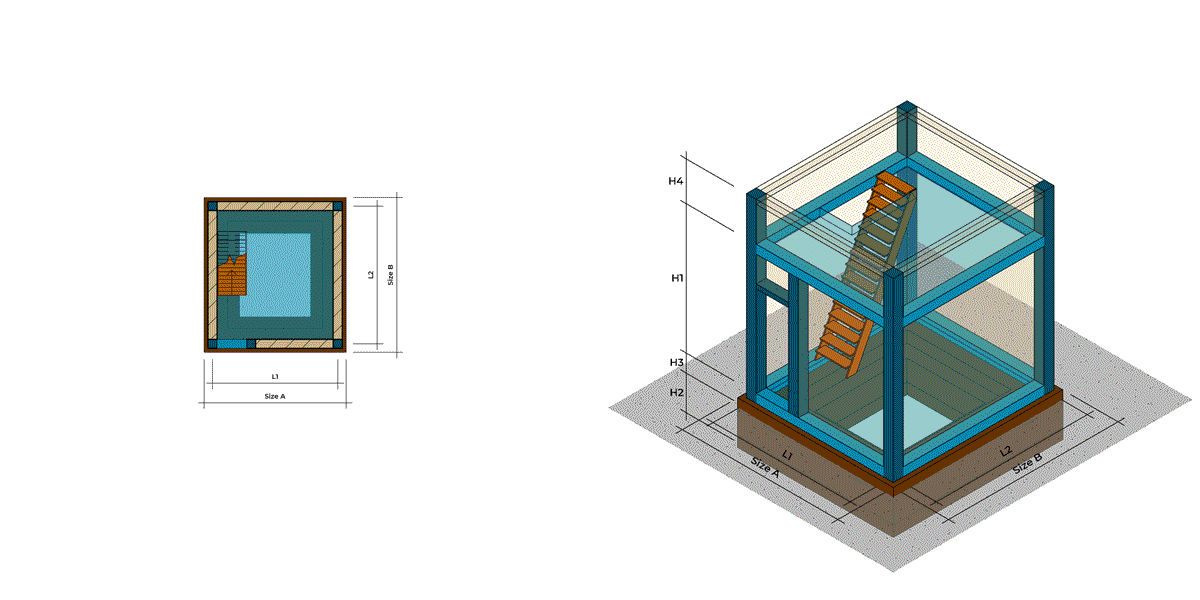
Animation of a dynamic building with exposed structural elements.


A look into the computational machinery powering the automation module.
Construction manual
Ikea made it simple for everyone to build furniture in minutes by providing simple step-by-step instructions and the right tools.
The idea behind the customized self-construction manual generated by Neev is the same.
I'm part of the architecture team that is designing it.
This manual represents the frame to deliver the technical drawings generated by the automation module to the end user.
Some pages from a construction manual generated through Neev for a pilot project in Chennai, India.
Development stage
The MVP has been successfully user-tested by mHS's field team and by partner organizations' agents.
Some pilot projects have been built in Chennai and Hassan, India, following the automated manual indications and have been monitored tanks to Neev's financial and CRM features.
The project is now leveraging the collected feedback to enter a second iteration.
Some pilot projects under construction in Chennai, India.

